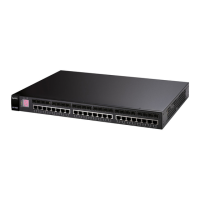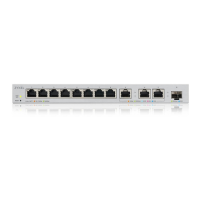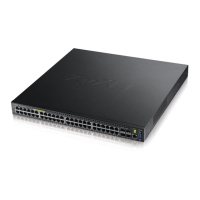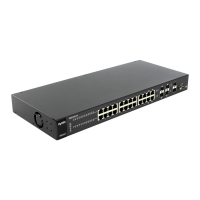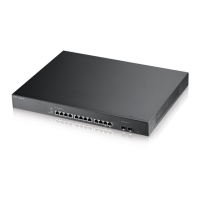XGS4600 Series User’s Guide
439
CHAPTER 48
Policy Routing
This chapter shows you how to configure policy routing rules.
48.1 Policy Route Overview
Traditionally, routing is based on the destination address only and the Switch takes the shortest path to
forward a packet. Policy routing provides a mechanism to override the default routing behavior and
alter the packet forwarding based on the policy defined by the network administrator. Policy-based
routing is applied to incoming packets prior to the normal routing.
Individual routing policies are used as part of the overall policy routing process. A routing policy defines
the action to take when a packet meets the criteria in a specified classifier. The action is taken only
when all the criteria are met.
48.1.1 Benefits
• Source-Based Routing – Network administrators can use policy-based routing to direct traffic from
different users through different connections.
• Cost Savings – Policy routing allows organizations to distribute interactive traffic on high-bandwidth,
high-cost paths while using low-cost paths for batch traffic.
• Load Sharing – Network administrators can use policy routing to distribute traffic among multiple
paths.
48.2 Configuring Policy Routing Profile
Click IP Application > Policy Routing in the navigation panel to display the screen as shown. Use this
screen to configure a policy routing profile, which can consist of multiple policy routing rules.
Figure 351 IP Application > Policy Routing
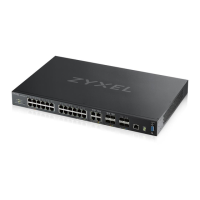
